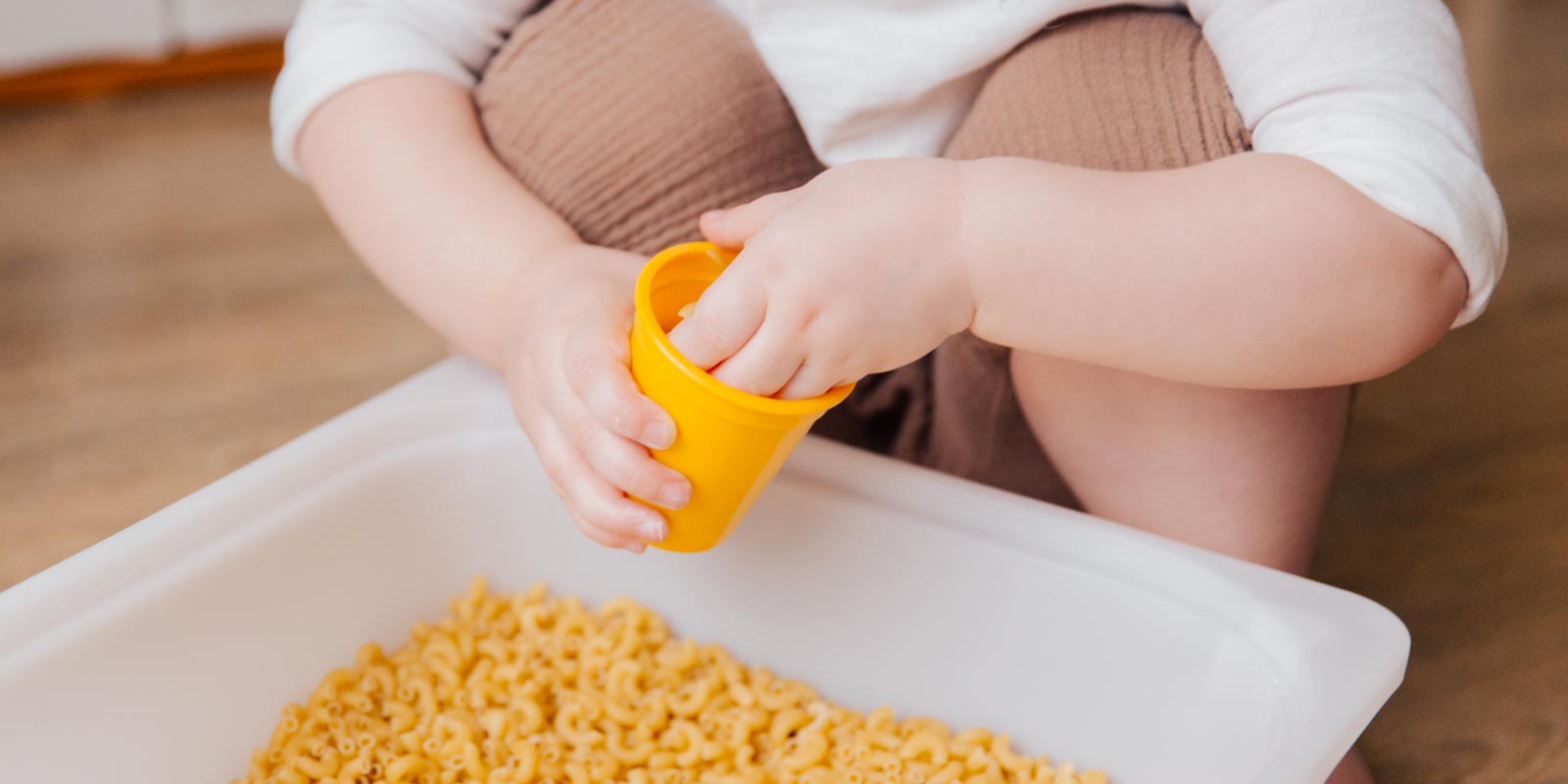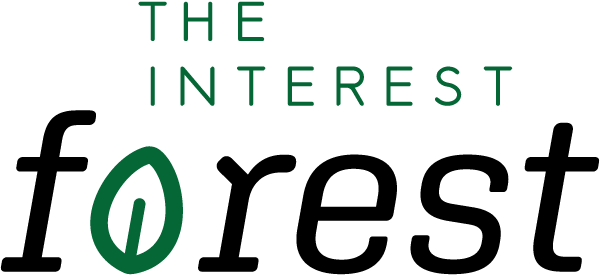
Give a young child a measuring tape and they will instantly understand the joy of measuring. Measurement in early childhood education is as much about the hands-on exploration of tools and technologies as it is about mathematics.
EYLF learning outcomes
Mathematics connects with several learning outcomes in the Early Years Learning Framework. When children measure things they begin to understand how symbols and pattern systems work (5.4). Children can use measurements to hypothesise and solve problems (4.2) in their everyday lives. Measuring things also requires the use of tools and technologies (4.4).
What can children measure?
Length
Measure the length of objects (e.g. pencils, books, or their own body parts) and height of objects (e.g. tables, walls, or themselves) using rulers and measuring tapes.
Long distances can be easily measured by counting steps. How many steps do you need to take to reach the garden fence? How many steps is it from our childcare entrance to the post office?
MOMtessori Life writes about teaching children to use non-standard units of measurement:
“One of the first ‘official’ measuring works we did was using foam cubes. This is called a ‘non-standard unit of measurement’ because we’re not measuring in inches or centimeters — just using the cubes to measure.
“You can use anything as a non-standard unit of measurement — your hand, legos, etc — as long as each object that you’re using is the same size. Nora selected several items from around the classroom, then lined up cubes alongside them to see how many cubes long each object was. Then she wrote it all down.”
Capacity
Explore capacity by playing with containers of different shapes and sizes. Add them to waterplay, the sandpit, sensory play, or use measuring cups and jugs in cooking experiences. Show children how some containers have numbers written on them. What information do these numbers give us?
Weight
Measure the weight of objects (e.g. food, people, or kindy bags) using kitchen scales, bathroom scales, and balance scales.
Children can also guess how heavy things are by picking them up. They can hold small objects in their hands and compare how they feel, before checking the accuracy of their guesses.
The topic of weight can lead to floating and sinking experiments. Find objects that sink in water and determine which ones sink the fastest. Are these objects also the heaviest?
Time
Observe the time it takes for an event to occur. Provide children with stopwatches or timers to use in running races or cooking experiences.
Play a game where children guess when one minute is up. Firstly, let them sit through sixty seconds so they know what it feels like. Then start the time again, with children raising their hands when they think one minute has been reached.
Temperature
Children can use thermometers to measure the temperature of air, water, ovens, food, objects and people. They can also view a weather report and measure objects using their sense of touch.
Area and size
An area of space can be measured by laying building blocks or sheets of A4 paper out over it. How many blocks do you need to cover the big blue floor mat? How many do you need to cover the small red mat?
Find objects that serve the same purpose, like bowls or chairs, but are different in size. Use the objects and discuss the benefits and problems with each one.
Read the story of Goldilocks and the Three Bears. Why were the bowls, beds and chairs different in size?
Age
Children like to talk about how old they are. Educators can explain how we measure age in years. Why do we measure young babies in months? What are horse years?
Measurement learning experiences
Use technology to measure
Explore the many apps that children can use to measure things, including distance, area and sound.
Play with data
Measuring is the first step. The next is communicating the results! Children can record their findings in different ways:
- tallies on a chalk board
- pieces of string hanging down, like a mobile
- a graph or chart
- birthday candles on a playdough cake
Young children love visual representations of data. They can be informative and beautiful!
Interactions
Talk to children about size and comparison throughout their day:
- "We all have bananas, but Lin has the biggest banana. It is huge! Do you think you can eat all that?"
- "I am taller than you because I am an adult. I have been alive more years than you so my body has had more time to grow."
- "Can boys have long hair and girls have short hair?"
- "Do you walk to childcare? You must live nearby. One day you could time your walk using your dad's phone and let us know how long it takes."
